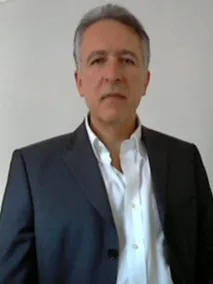
Shah’s Story: Adapting to life with Parkinson’s – how patient advocacy keeps me motivated
I was diagnosed with Parkinson’s disease by a neurologist in 2015, shortly after what seemed an unrelated trip to my GP. At the time, I was having difficulties managing stress at work, including tiredness and an inability to focus for longer periods of time. My GP noticed that one of my fingers on my right hand was shaking, and that was the start of my journey with Parkinson’s disease.
I wondered why this had happened to me and my wife also struggled to come to terms with the diagnosis.
I have many hobbies including playing piano, painting and gardening, but the prospect of the diagnosis was daunting. I still try to play and find keeping active an important part of my day-to-day life, but progressive symptoms such as tremors, slowed movement and dysarthria have made simple tasks more challenging.
While Parkinson's disease has certainly changed my life, life goes on and I try to cope with the limitations. I told my wife that I would do everything I could to learn about the disease and help find a cure for it. I understood that my symptoms, my struggles, and my experiences like many others living with the condition, are the key to future research and discovering new treatments.
I am proud to play my part in the Patient Engagement Council for Parkinson’s Research (PECPR) which is full of strong individuals working together with the same goal of improving the lives of those living with Parkinson’s. The PECPR unites Parkinson’s patients and supporting organizations worldwide and includes representation from the Parkinson’s Foundation and Parkinson’s UK.
From learning about the latest research and treatments available, meeting other patients living with Parkinson’s, discussing challenges and presenting my experience and the patient needs of others, supporting the community leaves me very fulfilled.
While a cure is certainly the goal, I hope that in ten years’ time, the work that we continue to do within the PECPR helps improve the scientific underpinning of Parkinson’s and leads to new treatments for generations to come.
